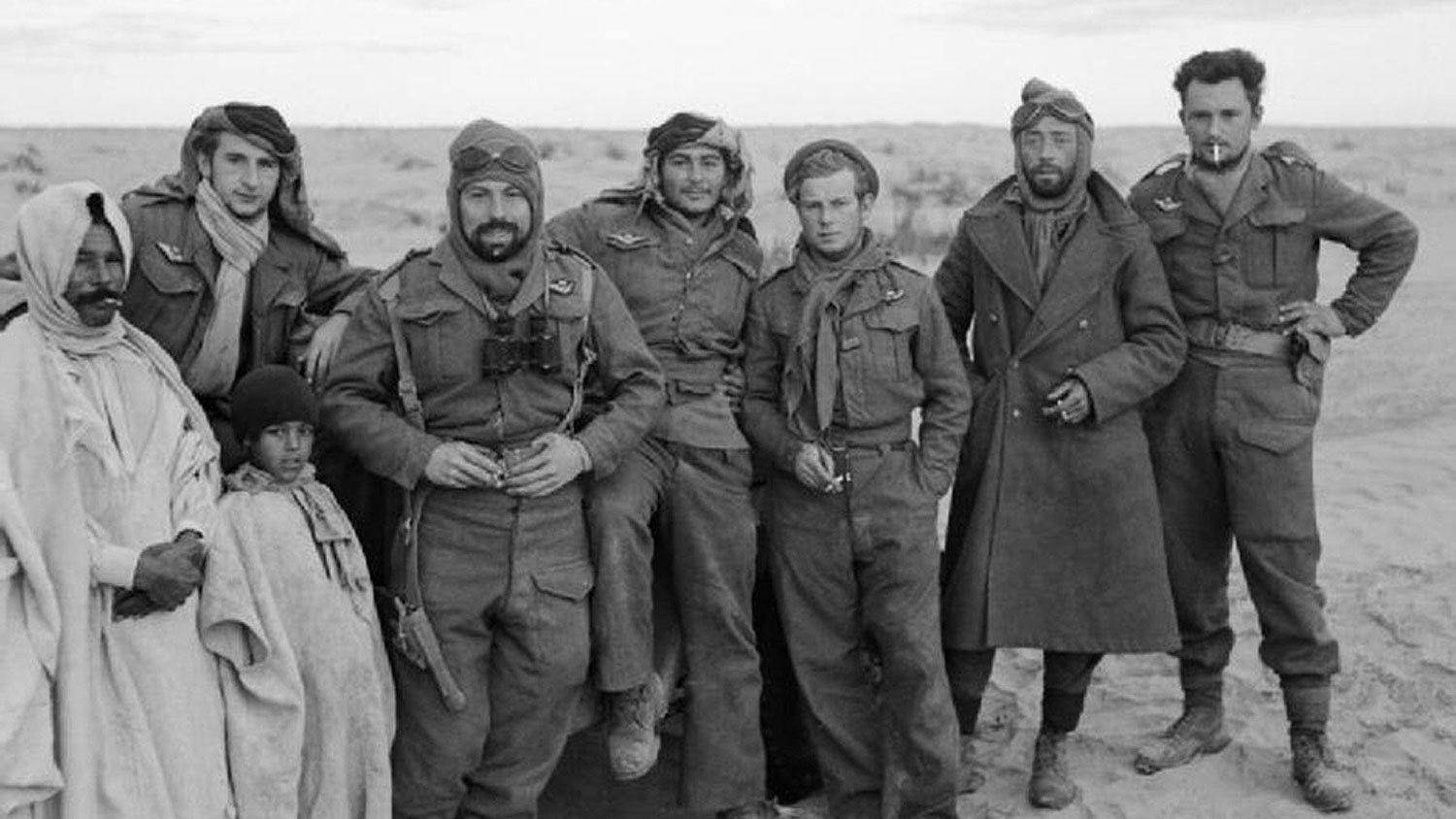
How do-or-die spirit of SAS was vital in their great escapes from PoW camps during WW2

Despite the odds being stacked against them and sometimes thousands of uncertain miles ahead, SAS personnel during the Second World War were always determined to escape prisoner-of-war camps.
In fact, as a member of the SAS, it was their duty to escape.
Knowing how awful the conditions would be if they actually made it out alive and that, if captured, they would undoubtedly face even worse conditions upon their return, these men would attempt to escape as often as physically possible – but why?
Damien Lewis, best known as the author of books such as The Ministry of Ungentlemanly Warfare and SAS Daggers Drawn, has released a fourth book in his SAS Great Escapes series, this time focusing on men and women such as Captain Roy Bridgeman-Evans, Sergeant Jacques Mouhot, female spy Zara Menko and – he confesses – his favourite escapee, Captain Lewis 'Archie' Gibson.
They all have something in common – an almost iron-like determination to do whatever it takes to get back in the fight.
Honour, loyalty and discipline
French recruit to the SAS and a serial escapee, Sergeant Jacques Mouhot, is a great example of why these men, who had endured terror, starvation, freezing temperatures, deadly injuries, and were unable to trust anyone they came across on their travels, were determined to return deep behind enemy lines.
In the summer of 1943, prisoner-of-war Sgt Mouhot had, at last, made it home to Paris and was safe at home with his mother.
As Mr Lewis describes, the soldier's luck had turned around, saying: "He now had all the proof he needed to live out the remaining days of the war as a free man in Paris, should he so desire.
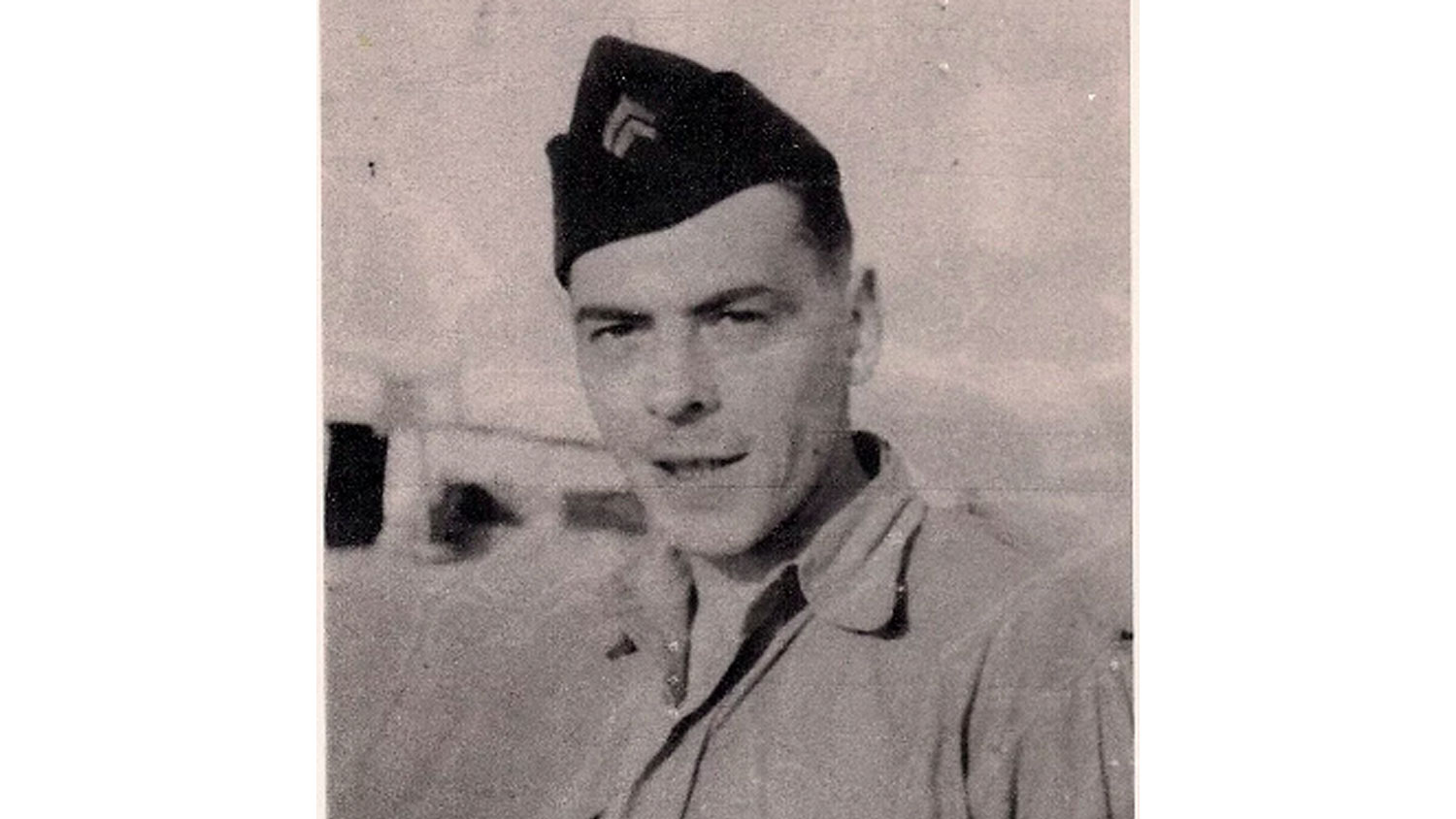
"Mouhot was tempted to settle down with his family to wait for hostilities to end, but he was still a French soldier and an SAS trooper.
"He had signed a document pledging to fight the Nazis until they were defeated, 'committing to serve with honour, loyalty and discipline... for the duration of the war currently underway'."
And he wasn't about to break his promise.
So Sgt Mouhot returned to war during the largest amphibious invasion in history, D-Day.
After all, when an SAS officer gave his word, his bond, it was seen as binding upon his honour.
Even if promising not to escape added to their problems.
When SAS Captain Roy Bridgeman-Evans and his men were captured, he was asked by an Italian marshal to promise they wouldn't try to escape and, because he flat out refused to, the guards chained them together, despite being against the Geneva Convention, making escape almost impossible.
However, one vital element of being in the SAS is to be utterly free-thinking so you can take on tasks your enemy wouldn't have thought possible.
A great skill to have when coming up with a genius escape plan.
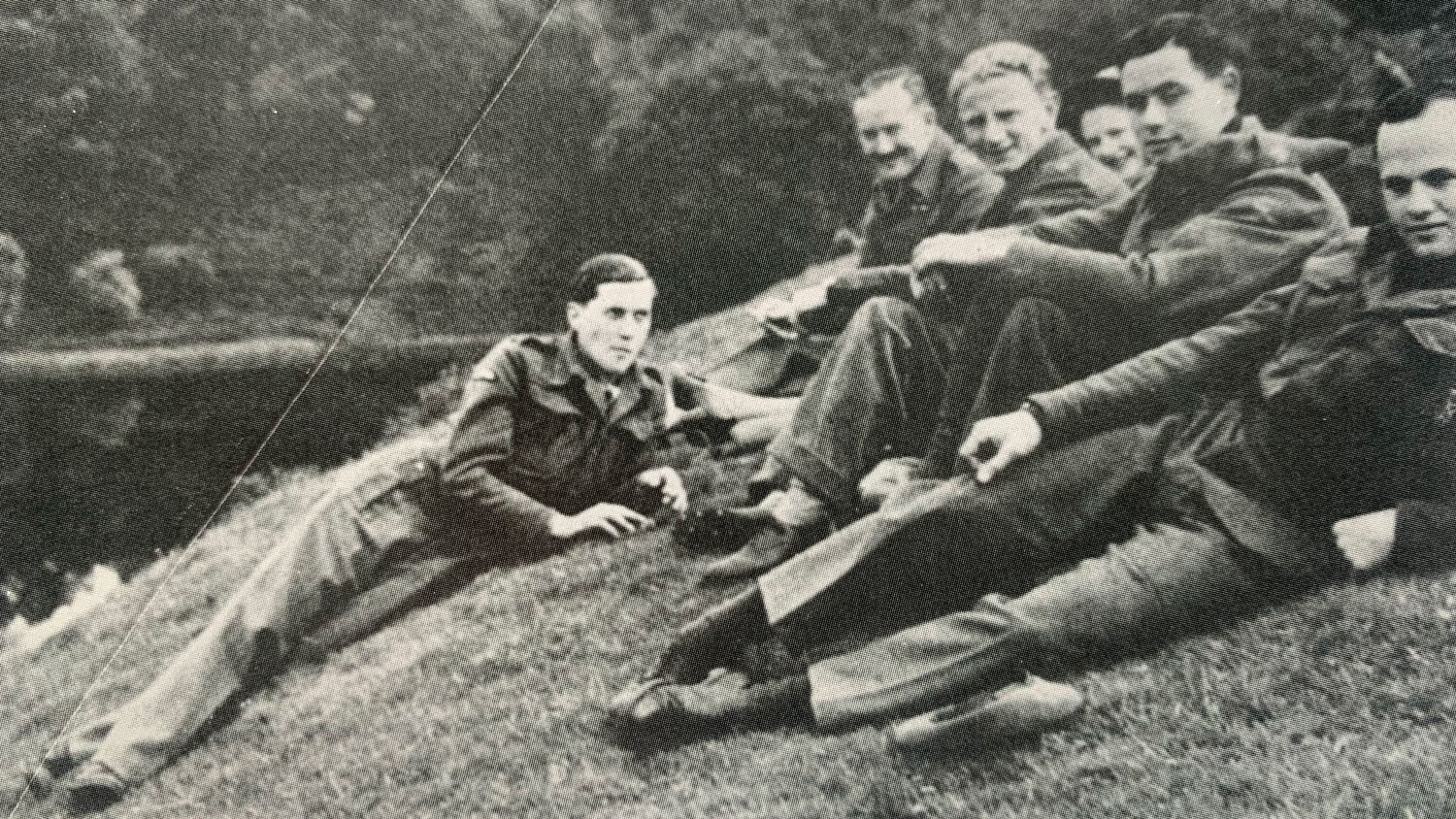
What makes a great escape?
Many elements make for a successful escape – planning, training, preparation, language skills, luck, the support of locals, the kindness of partisans and the bravery of guides.
But there are two more absolutely vital components of a great escape.
Firstly, without the indomitable spirit of the men of the SAS, no one would have had the courage to escape in the first place.
Mr Lewis said: "What divides the great escapees in this volume and the previous volumes from other prisoners of war was their spirit.
"It was the utterly undauntable spirit to always try to get away and get back to allied lines.
"Without that spirit, you'd never start an escape."
And when you are planning an escape, you can't risk anything going wrong, which is why the escape committee was a vital component.
The escape committee
Even the greatest escape plan would have fallen at the first, second or third hurdle if it weren't for the help of the escape committees found in prisoner-of-war camps.
These were made up of highly intelligent, motivated men, often officers, who knew that without detailed preparation, escapees were unlikely to get very far before being captured and returned.
They would recruit fellow prisoners with sewing skills to alter uniforms to look like civilian clothing, and others would be tasked with creating documents such as fake identity cards and work permits in case they were asked to show their papers by Axis forces.
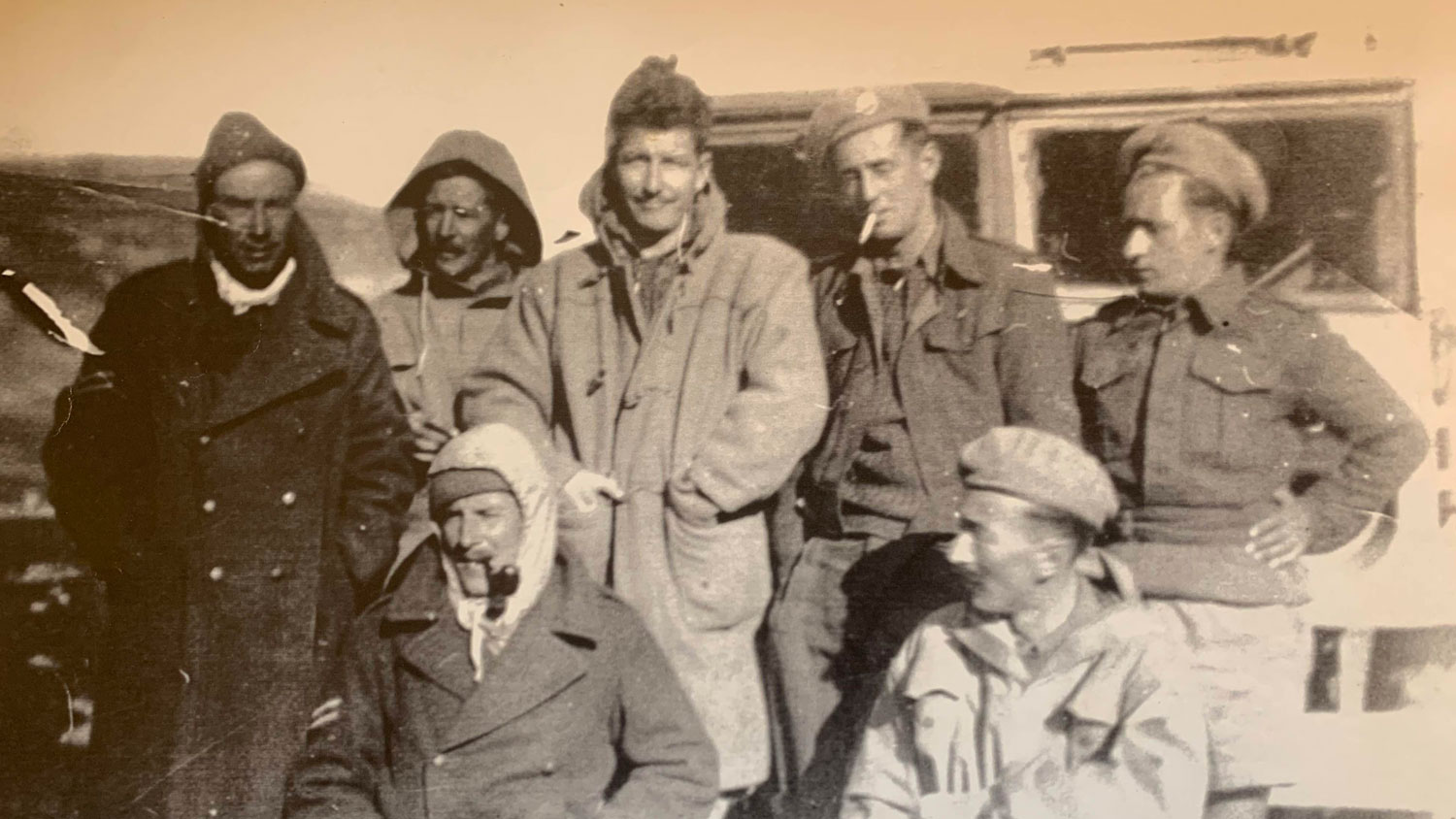
But there was another reason why escape committees were vital to the success of any escape – coordination.
Tunnels were often the method of escape but, without organisation, escapees ran the risk of digging above or below another, which would cause a collapse, injuring and possibly killing those underground and alerting guards to the plan.
Once the preparation was done and it was escape day, escapees would sometimes rely on others distracting guards, as Mr Lewis explains.
"During the Bridgeman-Evans' final escape from a prisoner of war camp in Strasbourg... over the wire at a blind spot, the escape committee give them their blessing, but they also provide dozens of fellow PoWs to crowd around that area when they're going over the wire to shield them from view.
"So it's that combination of all those factors, but spirit first and foremost."
But why try to escape at all?
Mr Lewis says one of the main reasons these men would risk everything to escape and rejoin their fellow soldiers, even if they'd made it all the way home, was guilt.
Despite the Geneva Conventions setting a standard of treatment for British prisoners of war, the rules weren't always followed.
Conditions were bleak, food was scarce and, if you weren't an officer, the work was back-breaking.
Most prisoners were too weak from hunger and exhaustion to escape.
However, while conditions varied between camps, Axis forces treated British and Commonwealth prisoners fairly compared to those in concentration camps, where the treatment of men, women and children was atrociously inhumane.

Therefore, those SAS soldiers who had been in the exalted brotherhood and repeatedly endured operations deep behind enemy lines in small units of men were left wracked with guilt over not being in the fight.
Mr Lewis said: "In the back of their mind was always this thought – I'm sat here, I'm not starving, the conditions are kind of OK, I've got shelter and no one trying to kill me.
"But my brothers, my mates are out there, fighting deep behind enemy lines as I speak and I'm not with them.
"And they're risking their lives and their freedom and injury and all the rest of it and I'm not there."
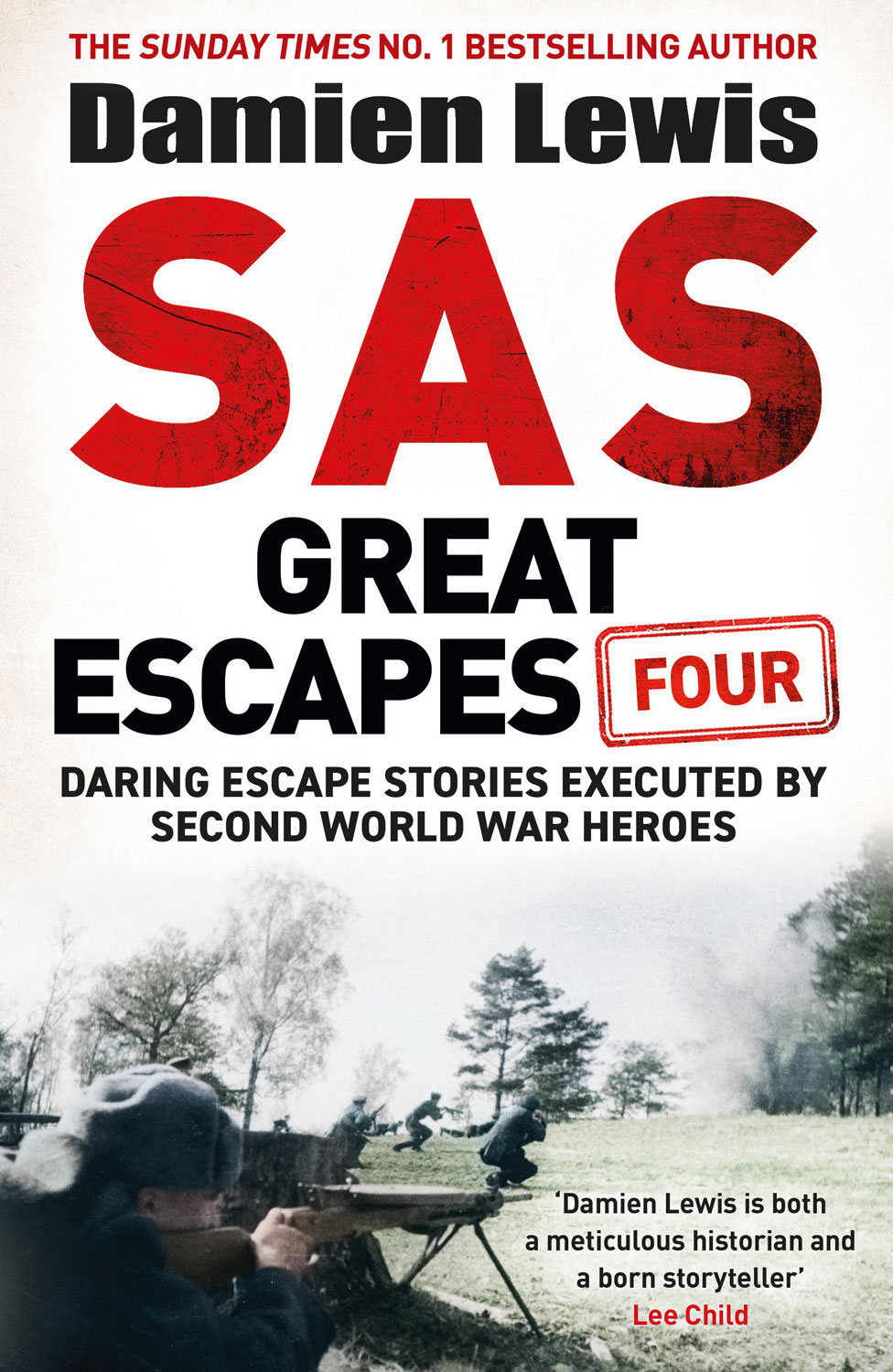
Interrogation instead of celebration
When escapees returned to Allied lines, they were not celebrated as heroes but rigorously interrogated by MI5, the UK's security service.
There were concerns that a returning captive might have been turned into a double agent while under enemy control.
These interrogations served a crucial purpose, not only for security but also as valuable learning exercises to advance escape techniques and equipment.
Mr Lewis said: "Because from those interrogation reports you can then learn what they did right, what they did wrong, what equipment worked, what equipment didn't work.
"It's a way to evolve escape technology and techniques and tactics and procedures."
SAS Great Escapes 4 by Damien Lewis is just published by Quercus at £22, with SAS Daggers Drawn just published in paperback at £9.99.









